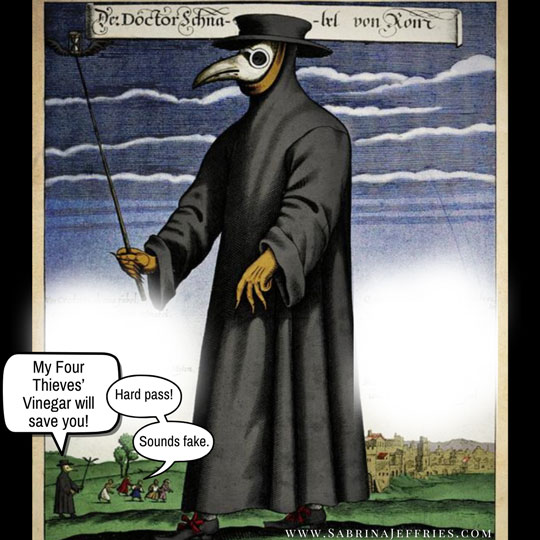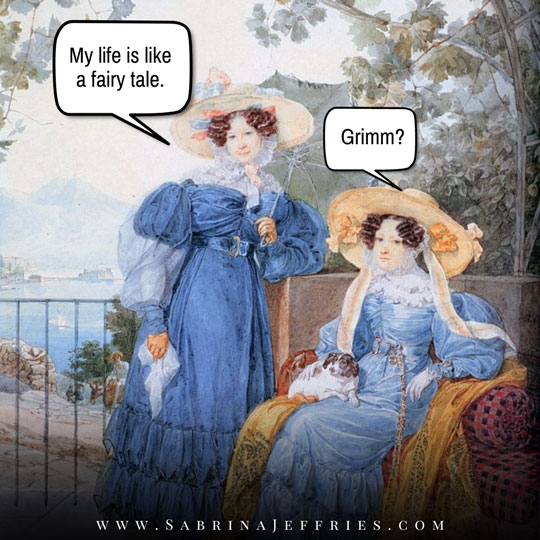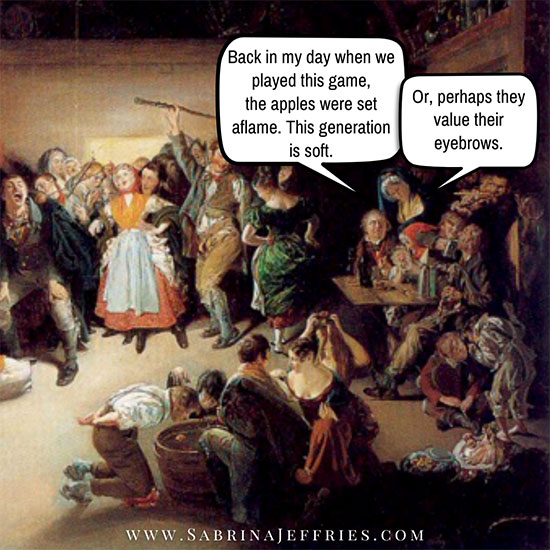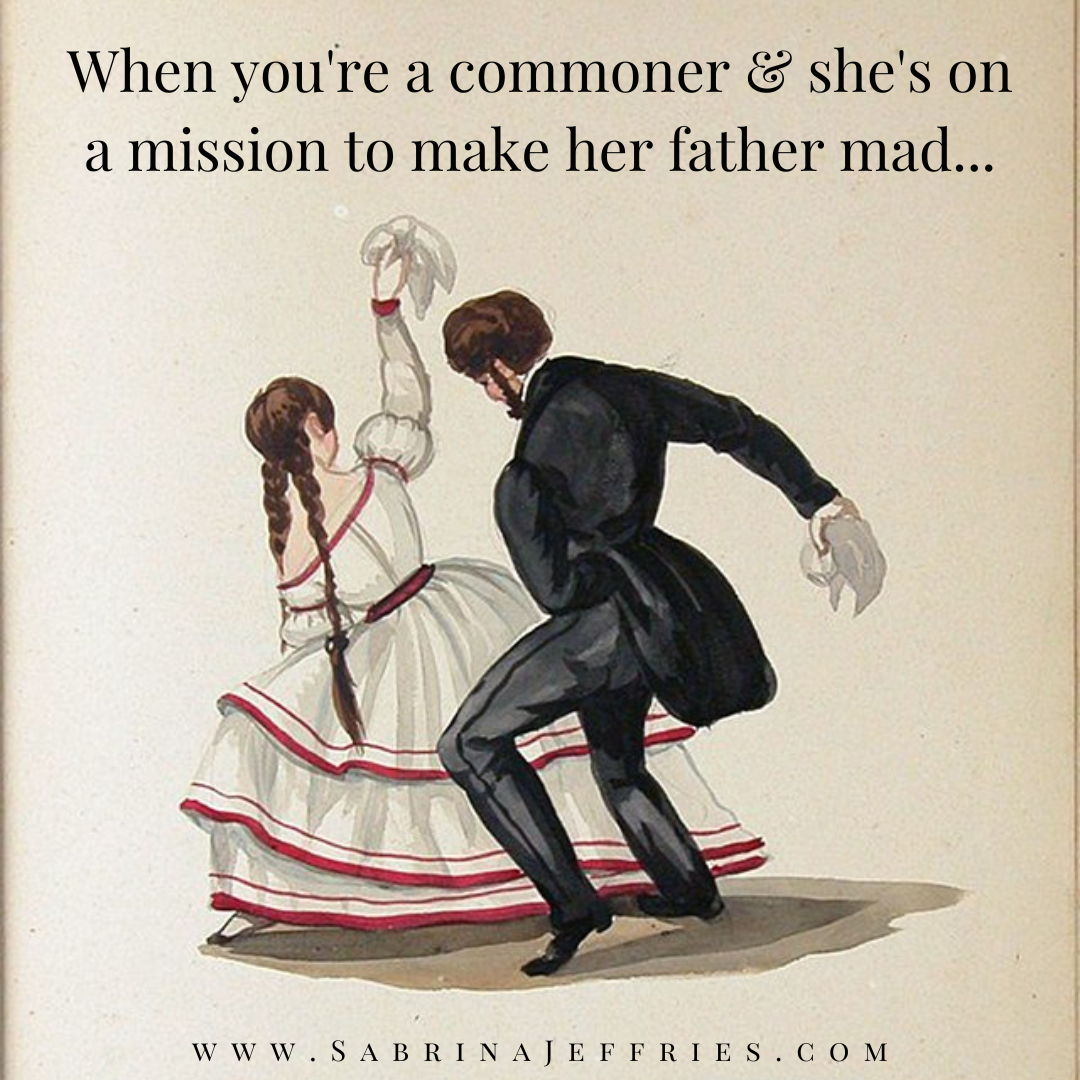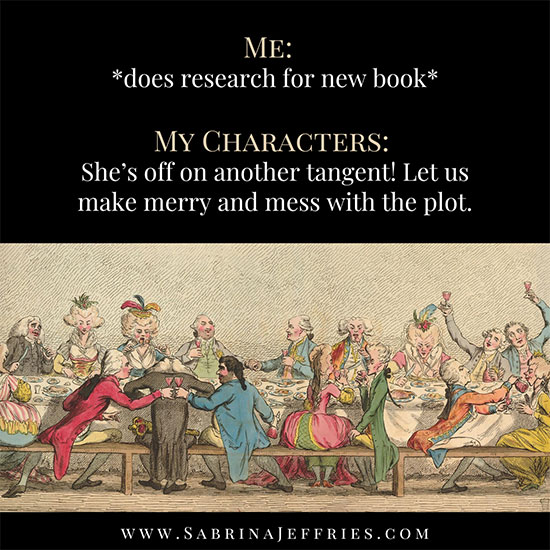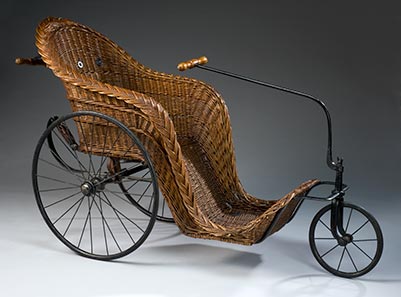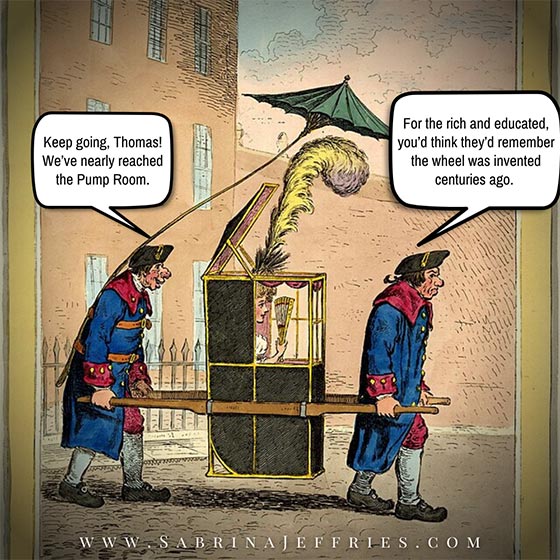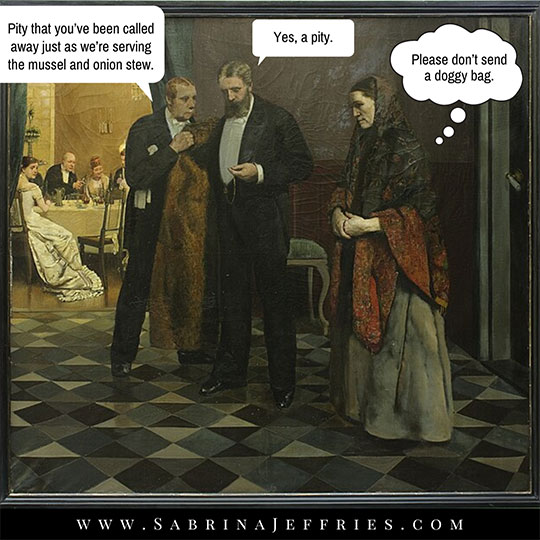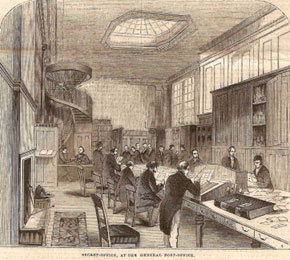The Shell House
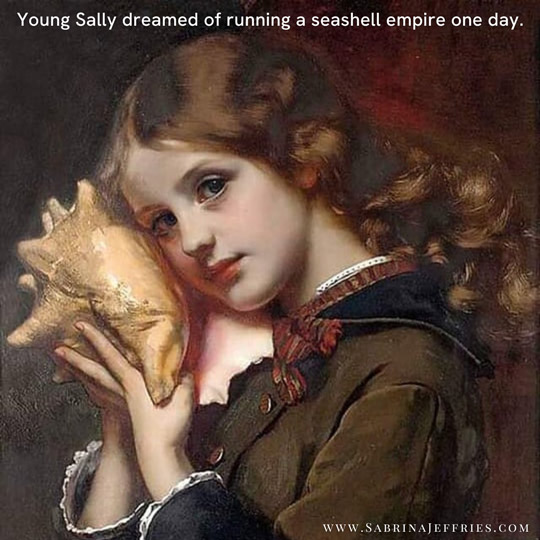
Before we get into the new series, I wanted to mention one more aspect of Accidentally His: the shell house. It’s an actual place in Devonshire called A La Ronde. I happen to love seashells and still have a small collection of my favorites. I’ve always loved art made of shells, and the Parminter ladies took it to an extreme I envy. There’s a whole top floor where shells cover the walls in intricate designs. It’s a National Trust house so you can actually visit there if you want to. Check out the pictures here. I’d really like to visit it myself one day, but in lieu of that I took a video tour online. It’s amazing!



